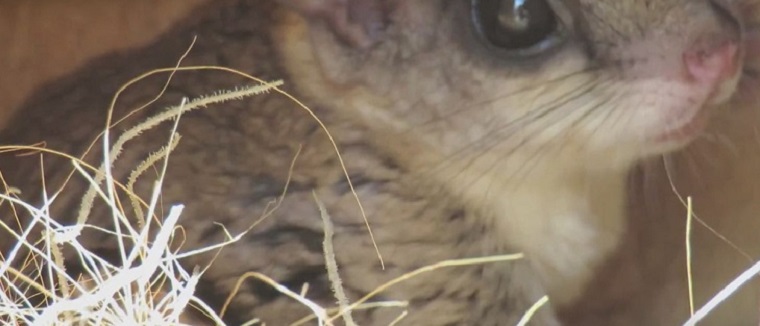-
info@aaanimalcontrol.com
Call us for help in your town
Humane Wildlife Education
Things To Know About flying Squirrel Appearance, biology, life cycle, habitat, diet, behavior
Need squirrel removal in your hometown? We service over 500 USA locations! Click here to hire us in your town and check prices - updated for year 2020.
The name “flying squirrel” is actually a little bit misleading, because the squirrel doesn't actually fly at all. What it does do, however, is glide through the air, using flaps of skin that are shaped a little bit like the kind of suit that a bassjumper would use to glide through the air. These flaps are called patagium, and they extend from back to front leg.

Unlike other squirrels, which are known to be diurnal (awake during the day and night), the flying squirrel is mostly just nocturnal. That doesn't mean you won't hear them though, because they usually live in groups. Like they say, there's safety in numbers.
As well as being nocturnals, flying squirrels are omnivores, which means they eat a mixture of animal/meat-based foods and plant-based foods. The main bulk of their diet seems to be made up of things such as tree sap, spiders, insects, seeds, fruit, flowers, fungi, the eggs of birds, and other insects. In one sense, it's probably not a bad thing to have one of these in your garden or back yard for a while. They'll certainly help to keep bug populations down. At the same time, however, they might just eat all your flowers, which is something you definitely don't want.
Believe it or not, these small creatures can actually live for ten to fifteen years when they find a great environment to thrive and flourish in. Sadly, this environment is usually not in the wild. They tend to only live this long when they are in captivity, only lasting for an average of four to six years old in their native habitats. The biggest thing that affects their population is predators. There are quite a few of them. Birds of prey that swoop from high in the ground include owls and eagles, and the story doesn't get much happier from ground level either. That's when they'll have the likes of coyote, raccoons, large tree snakes, stray and feral cats, bobcats and more to content with. Being nocturnal certainly helps to avoid some of these predators, particularly birds of prey that are known to fly very high in the air.
It will be when the winter ends and spring begins that these flying squirrels start mating, and the peak season for them seems to be towards the end of February and the beginning to middle of March. The youngsters will be born bald and in a nest, usually with groups of mothers sticking together to lend each other a hand. The fathers don't tend to have a lot to do with the bringing-up of the youngsters, leaving the mothers to their own devices. It won't be until the flying squirrels are two to three months old that they will be old enough and mature enough to leave the nest, starting the cycle all over again.
For more information, you may want to click on one of these guides that I wrote:
How much does squirrel removal cost? - get the lowdown on prices.
How to get rid of flying squirrels - my main squirrel removal info guide.
Example squirrel trapping photographs - get do-it-yourself ideas.
Squirrel job blog - learn from great examples of squirrel jobs I've done.
Squirrels in the attic - what to do to solve the problem.


















